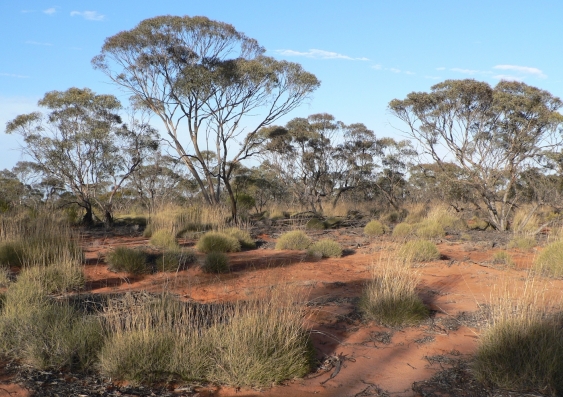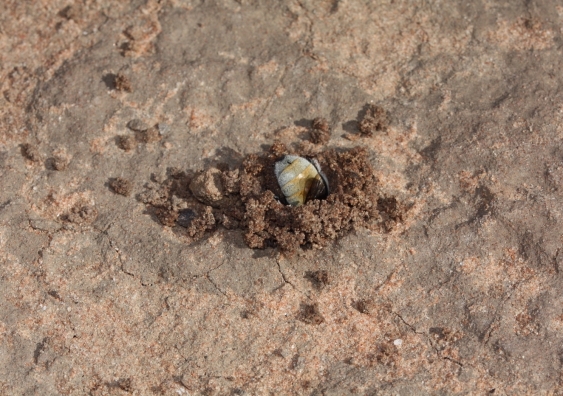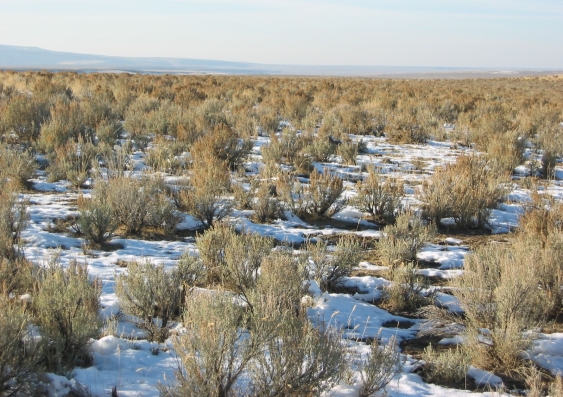Vulnerable soil hotspots overlooked in conservation areas
Soils in high-priority areas are poorly protected by existing global conservation initiatives.
Soils in high-priority areas are poorly protected by existing global conservation initiatives.

Current protected areas, such as national parks and reserves, poorly cover places needed to conserve the ecological value of soils, according to new research. The findings in Nature highlight the need to prioritise soils, their biodiversity, and their critical services in conservation efforts.
Soils are brimming with life and are the most biologically diverse material on Earth. They are home to billions of insects, fungi, bacteria and many other minute organisms. We also depend on soils to purify our water, filter our air and produce our food.
But soils are incredibly vulnerable to changing climates and land use. Despite their importance – without them, there would be no life on Earth – we’ve known very little about where they are in most need of protection.
Now, an international team of scientists led by the German Centre for Integrative Biodiversity Research (iDiv) with collaborators from UNSW Sydney has published the first global estimate of hotspots of soil nature conservation to identify ecosystems that have the highest priority for conserving soil biodiversity.
They found these hotspots were mainly in the tropics, North America, Northern Europe and Asia. However, when the researchers compared these zones to already protected areas, they found that half are currently not under any form of conservation.
“Protected areas have been selected mostly for conserving plants, birds or mammals,” said Professor David Eldridge, Centre for Ecosystem Science at UNSW Sydney, who is a senior author of the paper. “They haven’t been set up to protect soils, their biodiversity or the services they provide.”

Healthy soils are essential for supporting life on Earth. Photo: Supplied.
For the study, researchers measured different aspects of soil life: its diversity, the uniqueness of the species, and how well a diverse soil community provided critical ecosystem services such as filtering water and storing carbon.
The team recorded 10,000 observations of soil biodiversity using 615 soil samples collected on every continent. The samples included invertebrates, fungi, protists, bacteria and archaea, and indicators of ecosystem services such as water flow and nutrient production.
“When we looked at the soil samples, we found that the three important characteristics of soils – diversity, uniqueness and services – peaked in different regions of the planet,” said Prof. Eldridge.
The research found temperate environments showed the highest soil diversity, whereas the uniqueness of the species peaked in more arid climates and the tropics. Colder environments tended to be hotspots of soil ecosystem services.
“It’s difficult to protect all three dimensions of soils at the same place, and it depends where you are on the planet,” said Professor Carlos Guerra, lead author of the study from iDiv.
“When you dig into a European soil, for example, you can often find the same soil organisms many kilometres away, even under different environmental conditions.
“[But in the tropics], soil organisms can often differ markedly at sites that are relatively close.”

Soil ecological values peak in different areas of the planet according to the research. Photo: Supplied.
To better protect soils and their services, governments and decision-makers must prioritise where their conservation will provide the most significant benefits. The researchers recommend incorporating protections of soil biology in policy when setting biodiversity targets, such as the European Union’s Biodiversity Strategy for 2030.
“What is clear from this research is that different areas are needed to sustain healthy, productive soils: their diversity, their uniqueness and the services that support life on the planet,” said Prof. Eldridge.